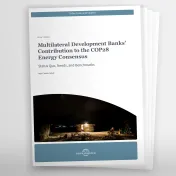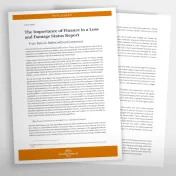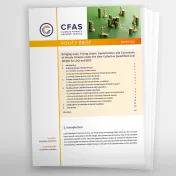
At COP29 in Baku, Parties adopted the New Collective Quantified Goal (NCQG) on climate finance. It raises the bar from USD 100 billion to a new target of USD 300 billion annually by 2035, with the ambition of mobilising USD 1.3 trillion per year for developing countries. A central feature of the decision is the call for a larger share of climate finance to flow through UNFCCC climate funds, which play a crucial role in delivering accessible, equitable, and accountable support.
However, important questions remain. What does the NCQG commitment to at least triple disbursements from UNFCCC funds by 2030 mean in practice? Does the target apply to each fund individually or to the funds collectively? And what are the implications for adaptation finance, equity, and access for the most vulnerable countries?
This paper unpacks the NCQG’s fund-related commitments, reviewing past trends, exploring different interpretations of the targets, and assessing opportunities and challenges for scaling the role of UNFCCC climate funds. It also considers the institutional, policy, and resource mobilisation factors shaping fund outflows, and presents recommendations to ensure that these commitments are implemented in ways that maximise their transformative potential on the road from Baku to Belém.
Publication data
Date:Contributing author: Lena Dovidat






